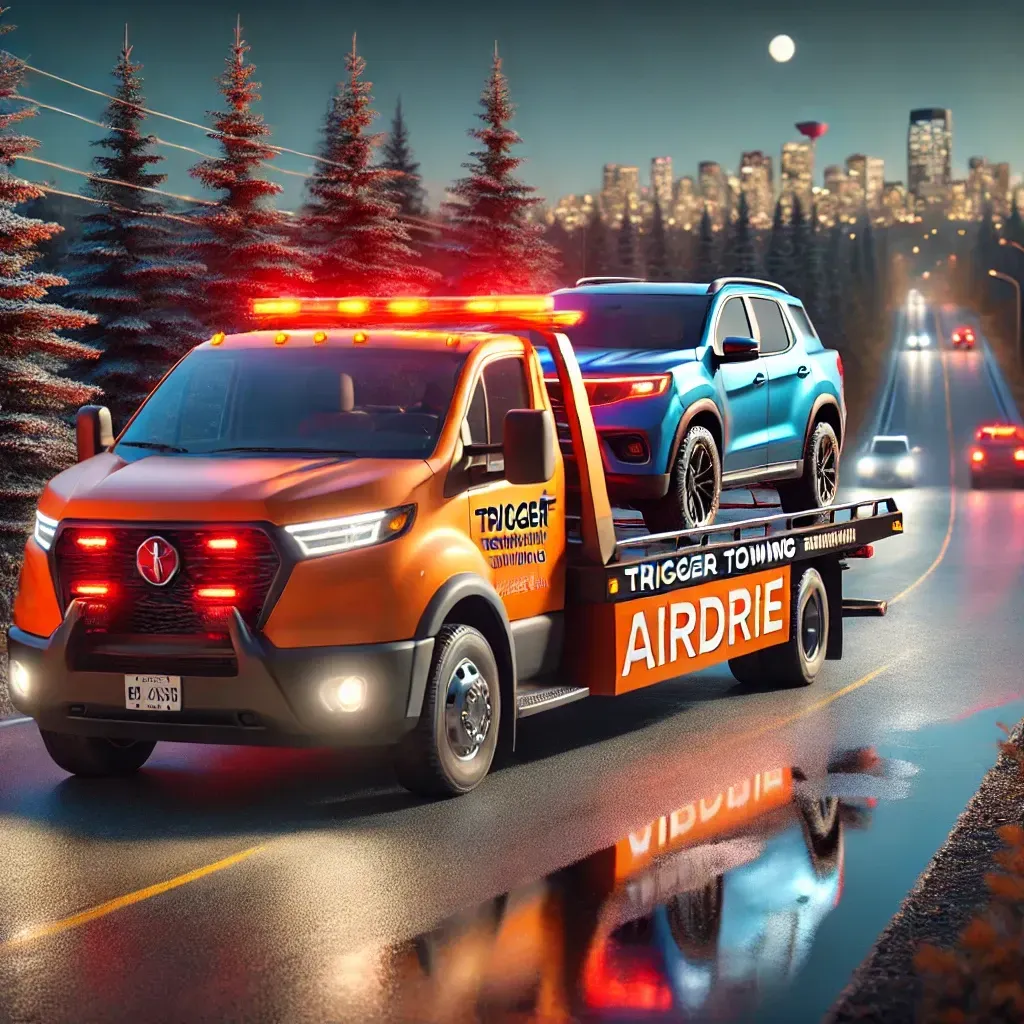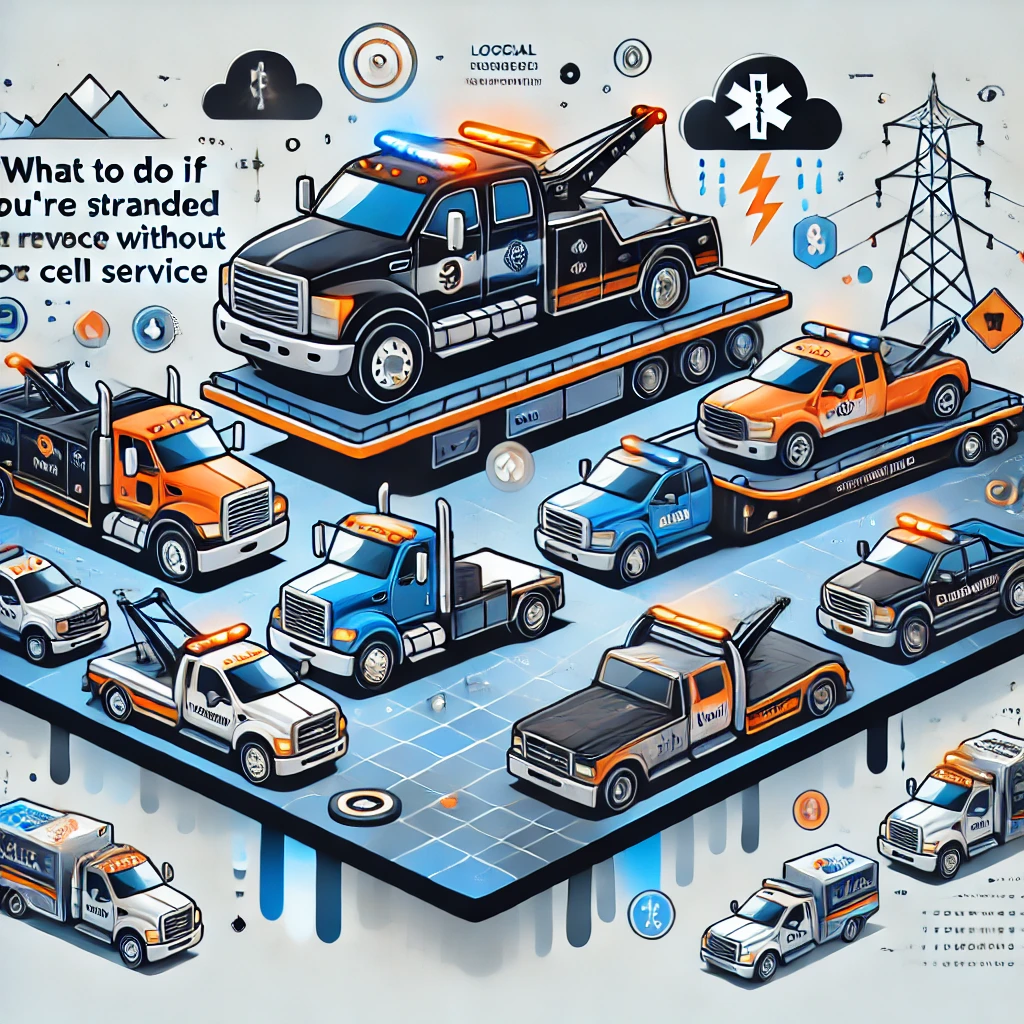
What to Do If You’re Stranded in a Remote Area Without Cell Service
Getting stranded in a remote area without cell service can be a stressful and dangerous experience. Whether your car breaks down, you get lost while hiking, or you're stuck due to extreme weather, knowing what steps to take can make all the difference. In this guide, we’ll walk you through how to stay safe, signal for help, and find assistance when you're out of cell range.
In this article, you'll learn essential survival strategies, communication methods, and safety tips for handling an emergency when you’re stuck in a remote area with no cell service.

Table of Contents
Stay Calm and Assess Your Situation
How to Signal for Help Without a Phone
Using Visual Signals
Creating Audible Signals
Leaving a Clear Trail
Essential Survival Tips While Waiting for Help
Finding or Creating Shelter
Staying Warm and Conserving Energy
Locating a Water Source
Should You Stay or Try to Find Help?
When to Stay with Your Vehicle
When to Start Walking for Help
Preventative Measures: How to Prepare for Remote Travel
Packing an Emergency Kit
Notifying Someone About Your Plans
Using GPS and Offline Maps
FAQs
Call for Help – Stay Safe!
Stay Calm and Assess Your Situation
Take deep breaths and evaluate your surroundings.
Identify potential dangers, such as wildlife, rough terrain, or extreme weather.
Check your vehicle, supplies, and possible escape routes before making a decision.
How to Signal for Help Without a Phone
Even without cell service, you can still increase your chances of being found by using alternative methods.
Using Visual Signals
Reflective surfaces like mirrors or car windows can be used to catch sunlight and signal rescuers.
Create an SOS signal using rocks, logs, or dirt to make it visible from above.
If possible, use bright clothing to increase your visibility.
Creating Audible Signals
Use a whistle, horn, or other loud noise to attract attention.
Repeated shouting in intervals can help rescuers locate you.
If you have a firearm, discharge a shot in three bursts—a common distress signal.
Leaving a Clear Trail
Mark your path with branches, rocks, or other natural indicators.
If you leave your vehicle, make sure you write a note about your direction in case rescuers arrive.
Essential Survival Tips While Waiting for Help
If immediate rescue isn't possible, knowing how to stay safe and conserve energy is critical.
Finding or Creating Shelter
Use your car as shelter if it's safe and weatherproof.
If on foot, seek natural shelters like caves or rock overhangs.
Build a temporary shelter using branches and leaves to protect against wind and rain.
Staying Warm and Conserving Energy
If it's cold, layer clothing and insulate with materials like leaves or clothing.
Avoid sweating, as wet clothing can cause hypothermia.
If possible, start a controlled fire for warmth and signaling.
Locating a Water Source
Look for streams, lakes, or dew collection on plants.
Avoid drinking stagnant water and purify water with tablets or boiling if possible.
Should You Stay or Try to Find Help?
One of the most important decisions is whether to stay put or look for help.
When to Stay with Your Vehicle
If you have enough supplies, it's often safer to wait for rescue.
A car provides shelter and visibility, making it easier for rescuers to find you.
If you have a dead battery but a working radio, you may still receive emergency broadcasts.
When to Start Walking for Help
If no one knows your location and you've waited an extended time, walking to a known road or settlement may be necessary.
Only travel during daylight hours to avoid getting lost or injured.
Leave markers behind so rescuers can track your path.
Preventative Measures: How to Prepare for Remote Travel
Preparation is key to avoiding dangerous situations in the first place.
Packing an Emergency Kit
Include:
✅ Extra water and non-perishable food
✅ Flashlight and extra batteries
✅ Fire-starting tools
✅ A whistle and signal mirror
Notifying Someone About Your Plans
Always tell a trusted person where you're going and when you expect to return.
If possible, use a GPS tracker or emergency beacon.
Using GPS and Offline Maps
Download offline maps in case you lose cell service.
Learn how to use a traditional map and compass.
FAQs
What should I do first if I'm stranded in a remote area?
Stay calm, assess your surroundings, and determine whether to stay put or move based on your available resources.
How can I make myself more visible to rescuers?
Use bright clothing, signal fires, reflective materials, and large ground symbols to increase visibility.
Is it better to walk for help or stay in my car?
It depends on the situation. If you have enough supplies and shelter, staying in your car is usually the best option.
What survival items should I always carry?
A first aid kit, flashlight, whistle, fire-starting tools, extra food, and water can be lifesaving in emergencies.
How can I prevent getting stranded in the first place?
Plan by checking weather conditions, bringing emergency supplies, and informing someone of your travel route.
_-------------------------------------------------------------------------------------------------------------------------------------------------------------------------------------------------------------------------
Call for Help – Stay Safe!
Being stranded without cell service can be dangerous, but preparation and the right actions can keep you safe. If you ever need emergency roadside assistance, call Trigger Towing Airdrie at(587) 664-3274 for fast, reliable service. Don’t wait—save our number now.